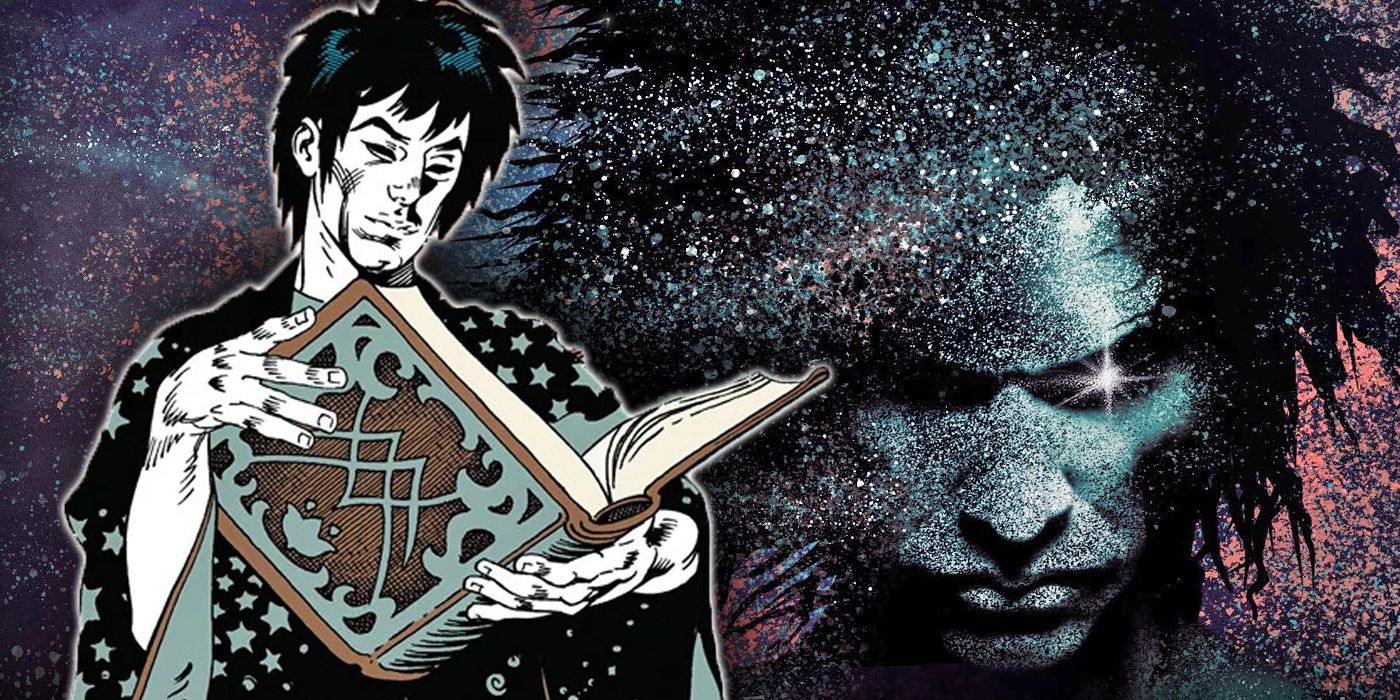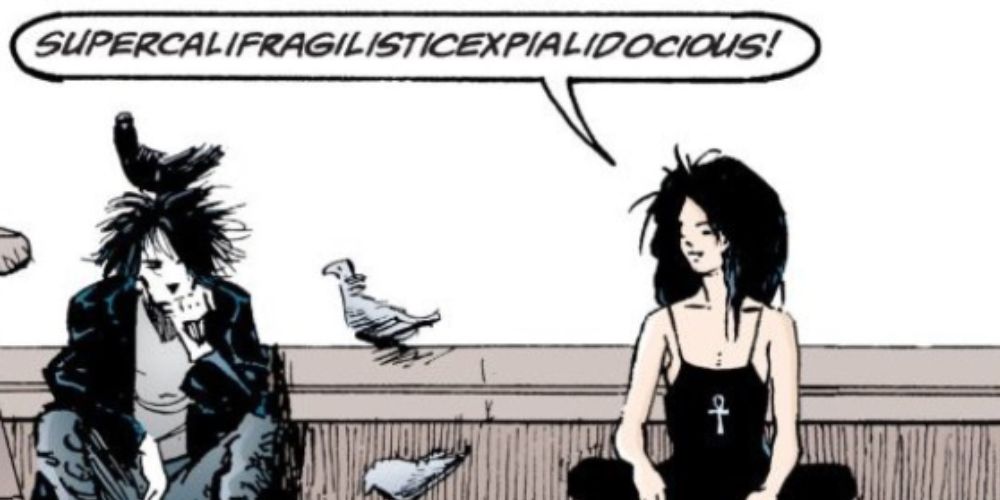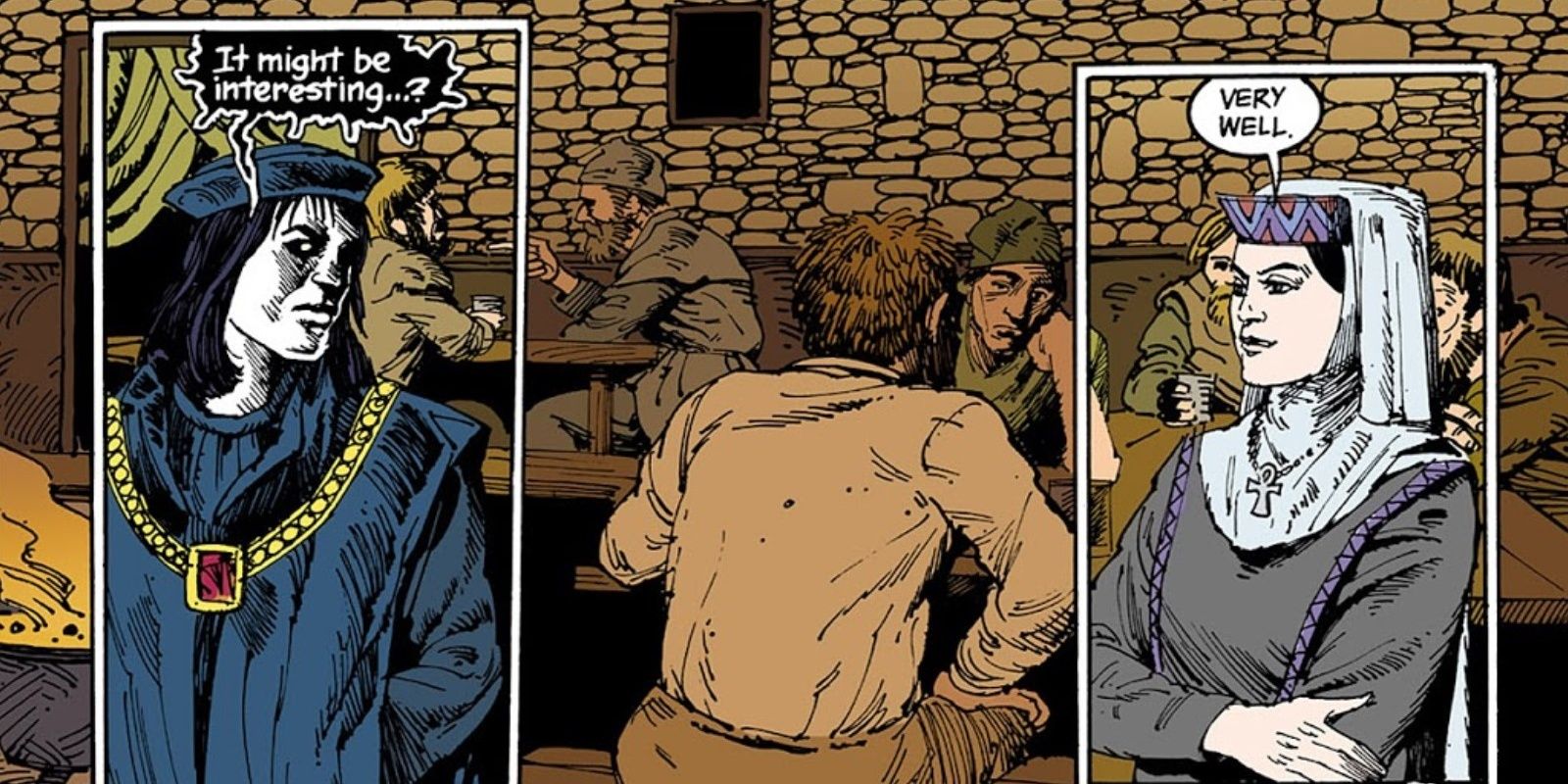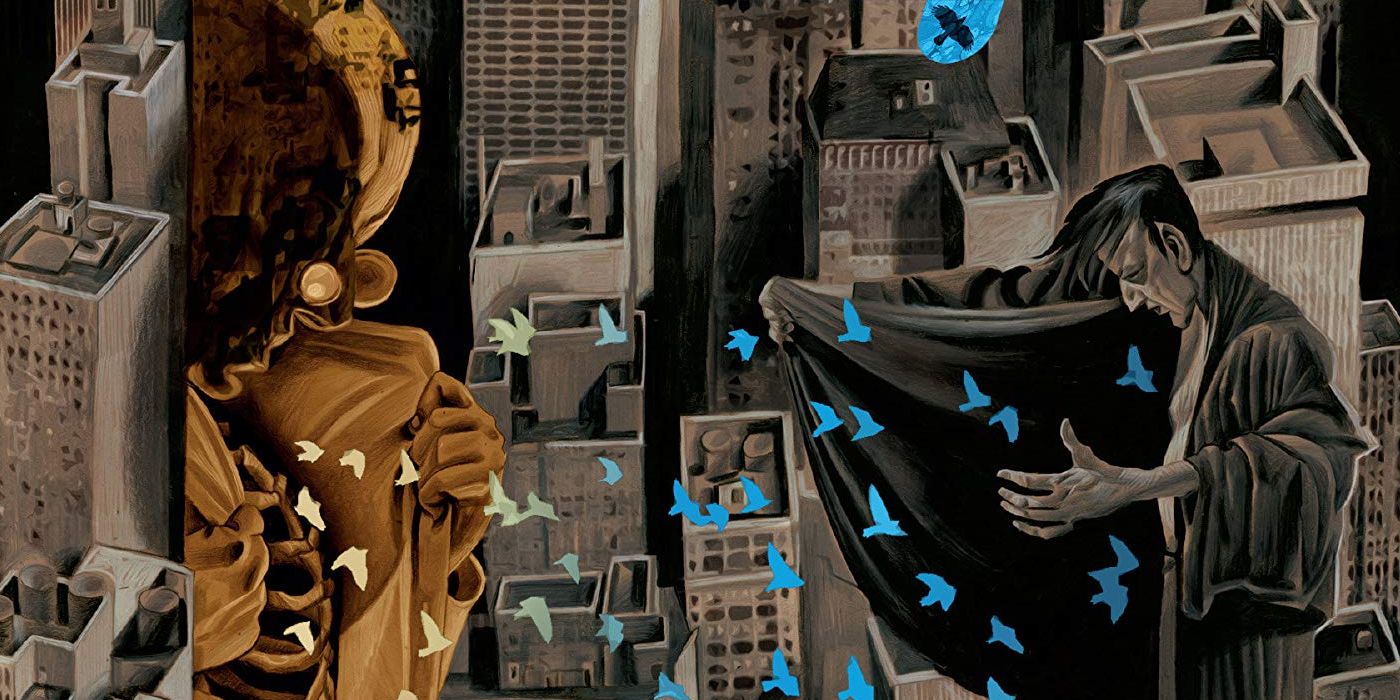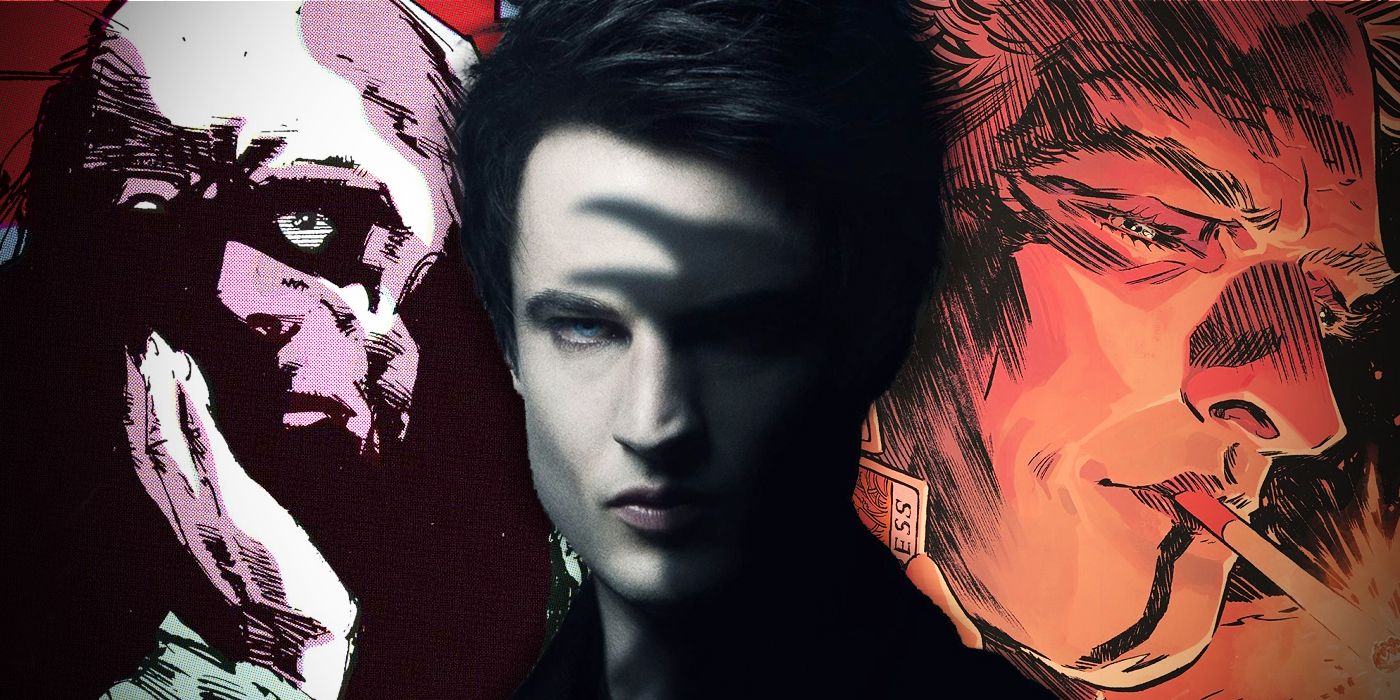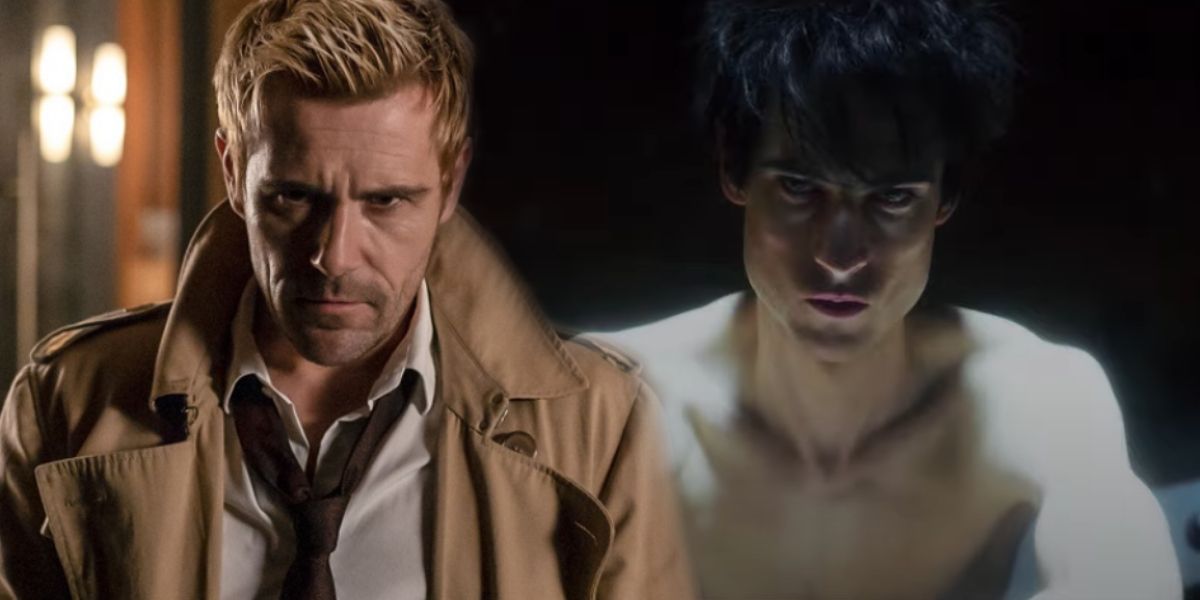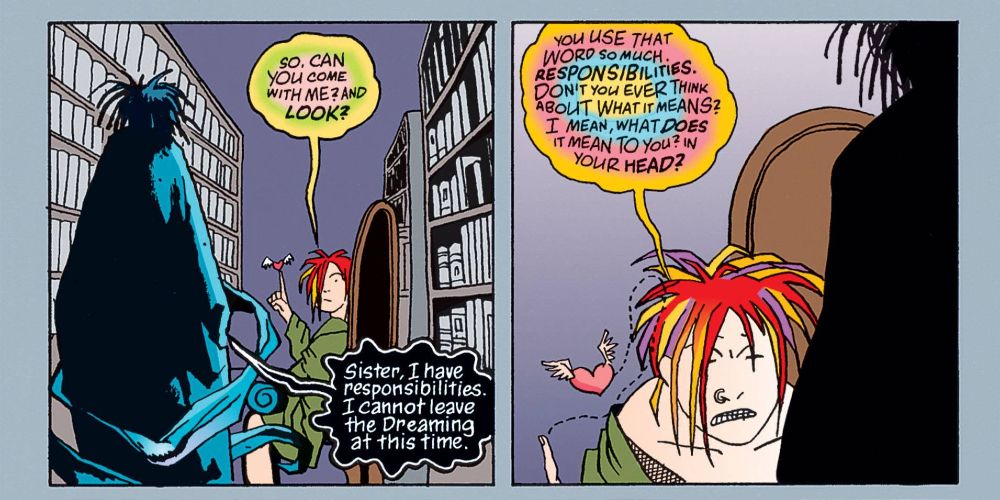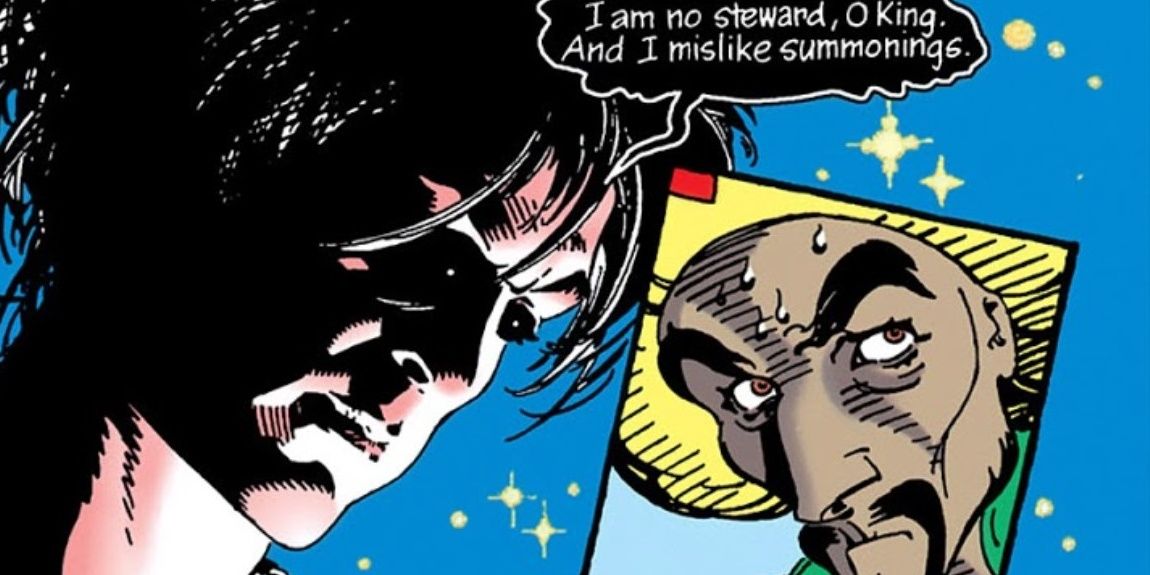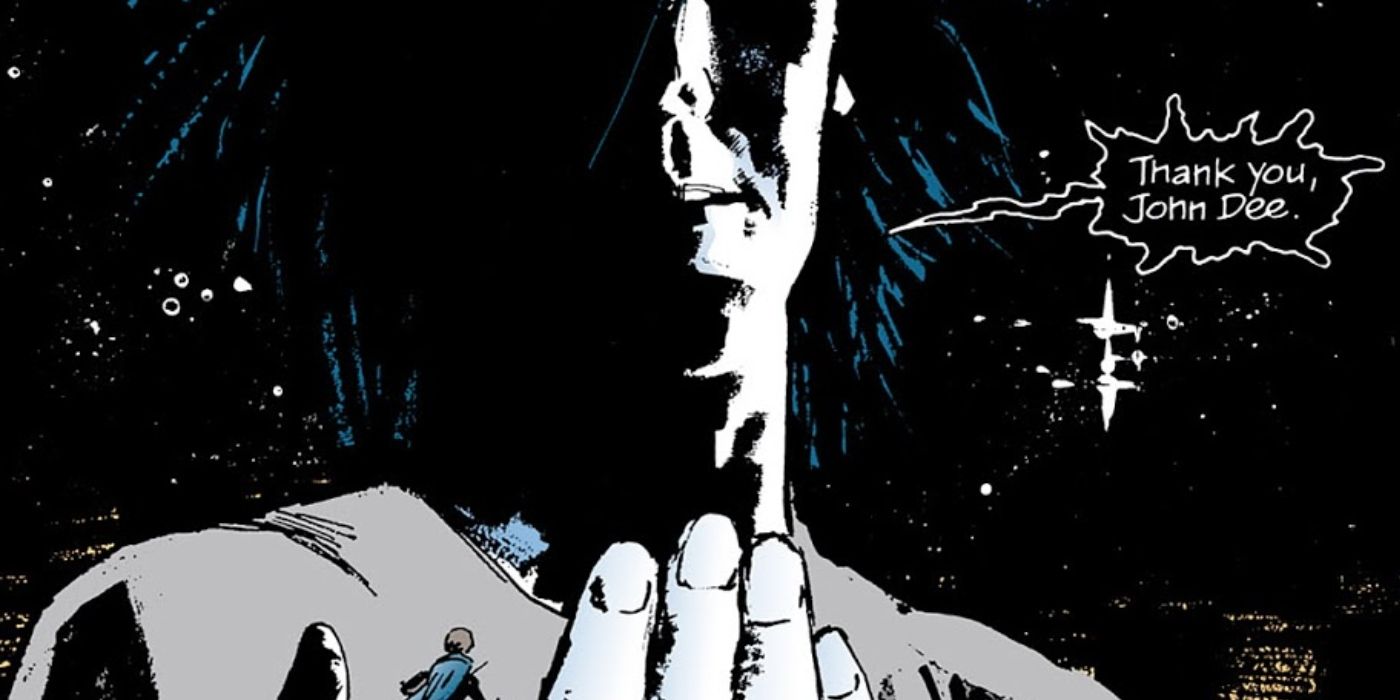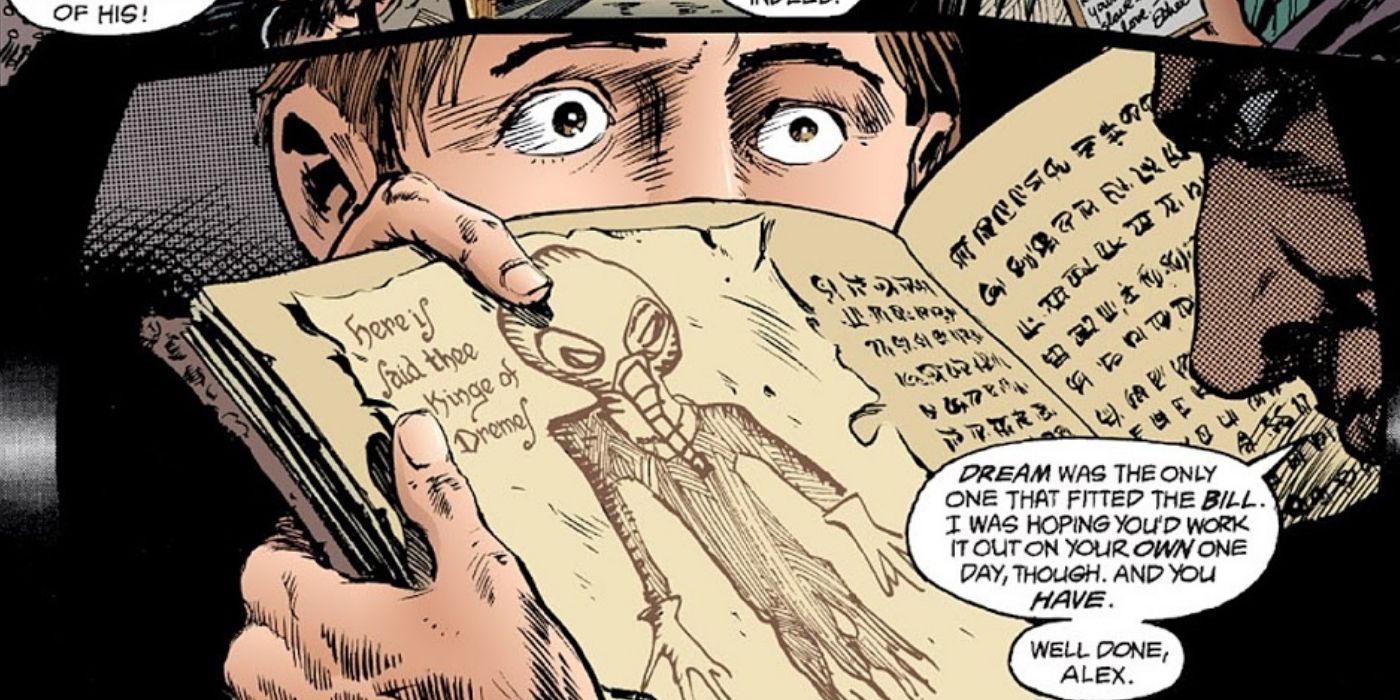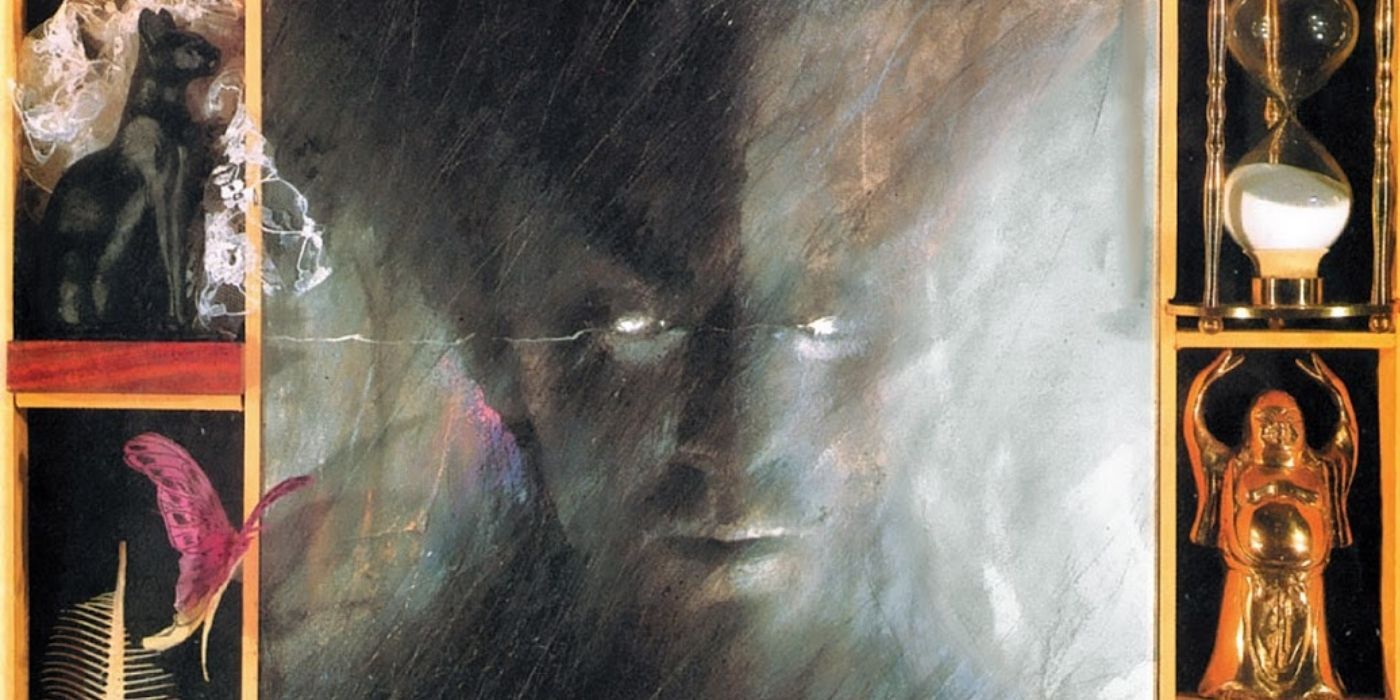It is no exaggeration to say that Neil Gaiman's The Sandman is one of the greatest comics ever written. For years, people have speculated about it being adapted onto the screen. Many thought the comic would be impossible to adapt. Now, at long last, it has been turned into a Netflix series.
Many people will no doubt tune in to enjoy The Sandman on Netflix, experiencing this classic story for the first time. However, before you binge the series, know that there are many reasons why you really should read the original comic first.
10 It Is One Of The Greatest Comics Ever Written
There is a reason that The Sandman continues to be discussed and beloved by fans more than thirty years after its initial release: it's a masterpiece. It is not an exaggeration to call it one of the greatest comics ever written.
This is a book that appeals to a wide array of audiences. It has intense plots and amazing characters, rich philosophy and nuanced attitudes, depictions of the ancient past and of modern issues. Just about every emotion one can feel will be felt reading this series. It starts slow, but it builds to a massive crescendo, taking readers on a journey that will leave them feeling transformed.
9 It Was Meant To Be Read As A Comic
In interviews, author Neil Gaiman has discussed about how some academic and literary critics tried to praise The Sandman as a graphic novel as something distinct from (and superior to) comics. This snobbery is something he has completely rejected. The Sandman is a comic, and it's meant to be read like a comic.
Yes, it can be adapted. It has already been adapted into an audio drama on Audible with an incredible ensemble cast--and yet as amazing as the performances are, something is lost in the transition from one medium to another. In its comic format, the art and words juxtapose one another, adding layers of meaning and dramatic tension. And as you will see, there are many ways that it stands out specifically because it is a comic.
8 The Artists Use Many Distinct Visual Styles
While Gaiman is the sole writer of The Sandman, there were a number of different pencilers, inkers, and colorists who worked on the series, each bringing something unique to it. Indeed, the change in visual styles is key to appreciating the nuances of this multifaceted series and resulted in some of the most memorable panels in comics history.
The first issue, drawn by Sam Keith, establishes a sense of foreboding with its cramped claustrophobic line-work and squinting characters with exaggerated features. In issue #29, artist Stan Woch recreates the French Revolution's Reign of Terror, portraying gentile white-wigged politicians and despoiled blood-soaked bodies with equal care. The story "Ramadan" is drawn and inked by P. Craig Russell, evoking the grandeur of 1001 Nights by emulating various styles of medieval Muslim art. Finally, the climactic story "The Kindly Ones" perfectly contrasts its dark events with an animated surrealist art style, beautifully drawn by Marc Hempel.
7 The TV Show Will Be Changing Some Things
Whenever a book is adapted to the big screen, some things must inevitably be changed. Gaiman has discussed these changes frankly in interviews and has admitted that were he writing the series now, he would have made a few different creative decisions.
Artists and writers are notorious for wanting to update their own work. Gaiman was ahead of his time in many ways, but he was still a product of said time, as is the comic. And Gaiman tackled so many complex topics in The Sandman that he inevitably made a few creative decisions that he has since decided on better ways to handle. However, to fully appreciate The Sandman, it should be read in its original intended format so that you can see how the story was told before it was changed.
6 Some Major Characters Will Be Cut From Netflix
The Sandman has a huge cast of characters. These include ordinary people going about their modern lives, gods, devils, fey, historical figures such as Shakespeare and Julius Caesar, and a number of classic DC characters.
One character who has been cut from the TV show is the occultist grifter John Constantine, who only plays a minor role in the series. This was done so that actress Jenna Coleman, who plays his ancestor Johanna Constantine, could be cast in both roles. Other characters will also no doubt be cut or altered, probably for similar logistical reasons. Their absences might make sense for any number of reasons, but such absences will still be felt.
5 The Lettering Is A Delight To Read
Letterers probably have the least appreciated job in the entire comics industry. While writers type up the scripts, it's the job of a letterer to put the words on the page, drawing attention to the text in a way that the human eye naturally will follow without detracting from the surrounding art. This takes a lot of talent to do right. The Sandman's letterer Todd Klein has won 17 Eisner Awards for Best Letterer--10 of which he received for work on The Sandman and its various spin-off comics.
Some characters, like the protagonist Dream and his sister Delirium, have unique speech bubbles that reveal aspects of their character. Stories set in the past often have text that emulates the writing styles of the times. The lettering gives added life to the story.
4 Gaiman’s Talent Grows As The Series Progresses
When Neil Gaiman began writing The Sandman, he was still finding his voice. By the time he wrote issue #8, he had found it. It only got better from there. There is a subtlety and nuance to his style that plays on the mind and heart, conjuring laughter, terror, and tears as you read his work.
Neil won four Eisner Awards for Best Writer, three for Best Continuing Series, and one for Best Short Story for his work on The Sandman--as well as many, many other awards. To appreciate how his writing improves, you should really the comic for yourself.
3 The Tension Between Art, Lettering, & Writing Is Crucial
At this point, you've heard how great the art, writing, and lettering all are on their own. But one reason The Sandman is such a great comic is that they don't exist on their own, but rather all of them coexist on a page, working with one another to enhance every aspect of the story.
The best examples of this can be seen in the protagonist, Dream, whose brooding introspective demeanor is enhanced both by the ways that artists depict him and the white-text-on-black that his speech bubbles have, giving him a dark otherworldly quality. But in every aspect of the story, the art, scripting, and lettering all work together in harmony, each one aware of what the others are doing.
2 The Text Is In Conversation With Other Books And Comics
In the heart of the Dreaming, there is a library that contains every book that was never written. All of the books that writers meant to get around to writing but never did, all the stories that were dreamed up and never completed, are shelved in this great library.
This is because The Sandman is a story about stories. As a work rooted in myth, it links to ancient texts and oral traditions. As a comic, it goes out of its way to connect to other comics, giving Batman, Constantine, and Martian Manhunter cameos. One of the most important characters, Destiny, holds a book that contains the universe in its pages.
1 It Is Among The Great Works Of English Literature
When it comes right down to it, The Sandman is not merely a good or even a great comic. It is a literary masterpiece.
There are many great movies and TV shows based on great literary masterworks. Quite a number of these have even come to overshadow the original texts in the common consciousness. However, a common refrain people say is "the book was better." With only a few exceptions, the book will always be better.

